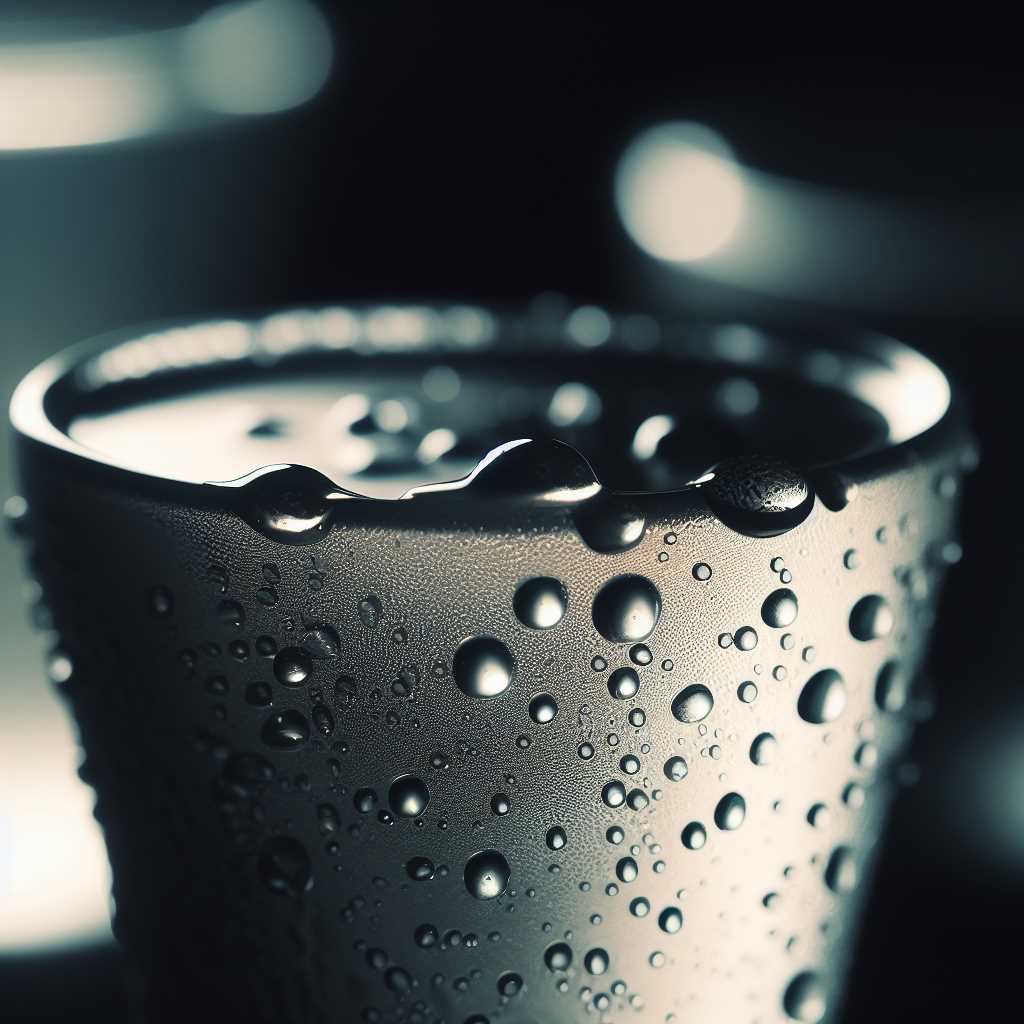Chill, Sip, Savor — Your Sake Journey Starts Now
Sake's no warm swill, it's a culinary chameleon and a hangover-free dream. Dive deep w/ brewers of genius, explore its layers from melon to steak, and unlock the secrets of this ancient, chilled spirit.

Sake: the word conjures images of sake bombs at loud sushi bars, warm porcelain cups, and, let's be honest, the occasional throbbing headache the next morning. But what if I told you there's a whole world of sake out there, one where hangovers are as rare as a unicorn sighting in Times Square? Buckle up, sake novices, because we're about to embark on a journey through the quirky, delicious, and surprisingly hangover-free world of this Japanese rice wine.
First things first: ditch the sake bombs. That warmed-up stuff you find at your local sushi joint is often like a bad Tinder date – hiding its flaws with a bit too much heat. Premium sake is a love story waiting to happen, and it deserves to be treated with the same respect you'd show a fine wine.




